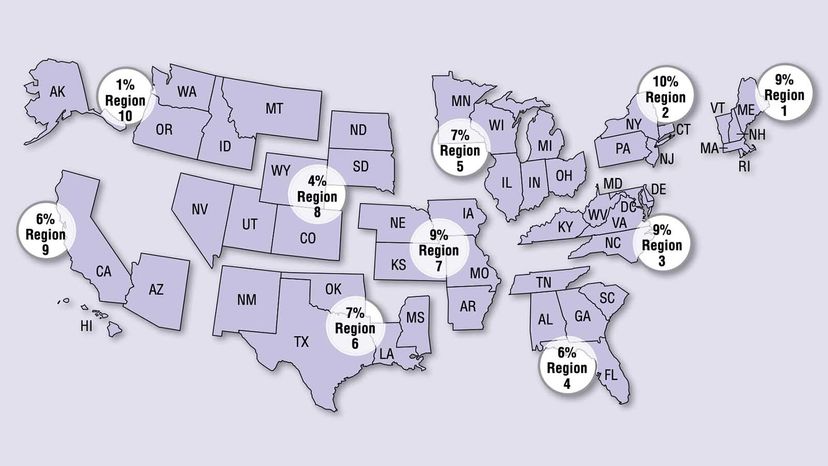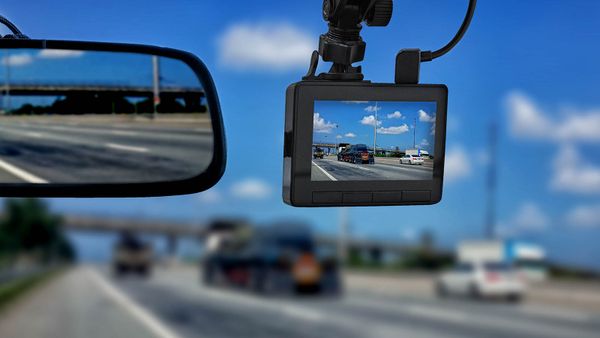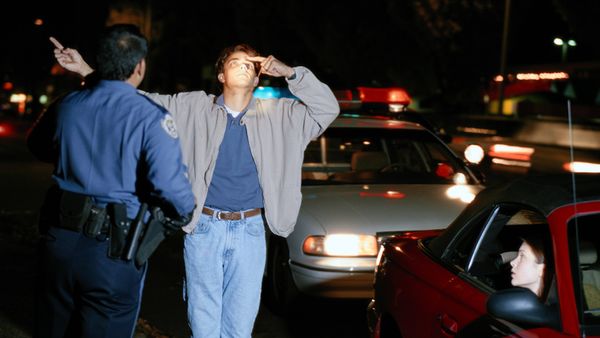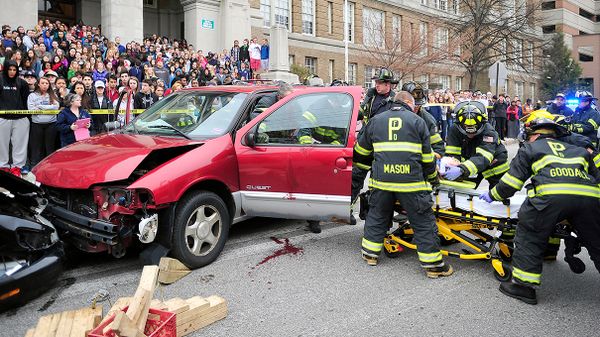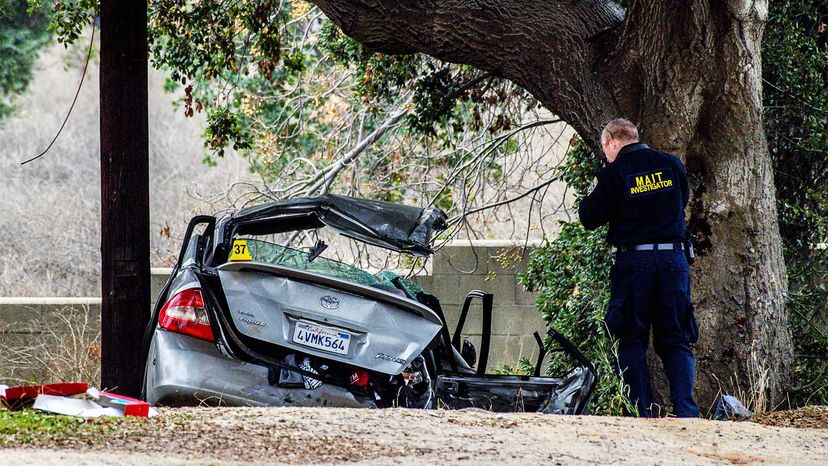
While it's true most Americans stayed home and drove significantly less in 2020 (likebillions of miles less) because of the coronaviruspandemic, more people died in car crashes than in 2019 — a7.2 percent increasein fact. But the numbers get even worse, according to areport released June 3by the U.S. Department of Transportation's National Highway Traffic Safety Administration (NHTSA).
The NHTSA's report shows 2020 motor vehicle fatalities weren't just higher than they were in 2019. Early numbers indicate 38,680 people died on the road in 2020, which is the largest projected number since 2007.
Advertisement
因此,如果美国ans drove so much less, why were there so many more fatalities on the roads? Three reasons: impaired driving, speeding and failure to wear aseat belt.
